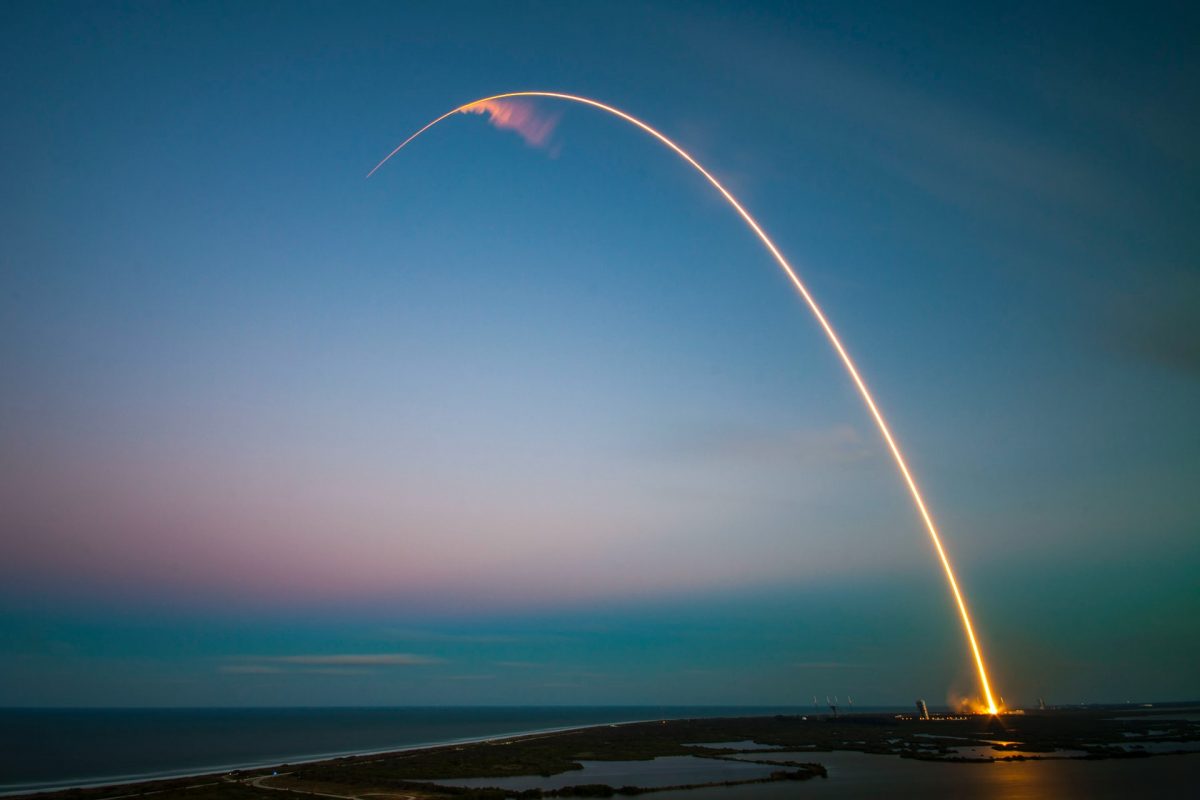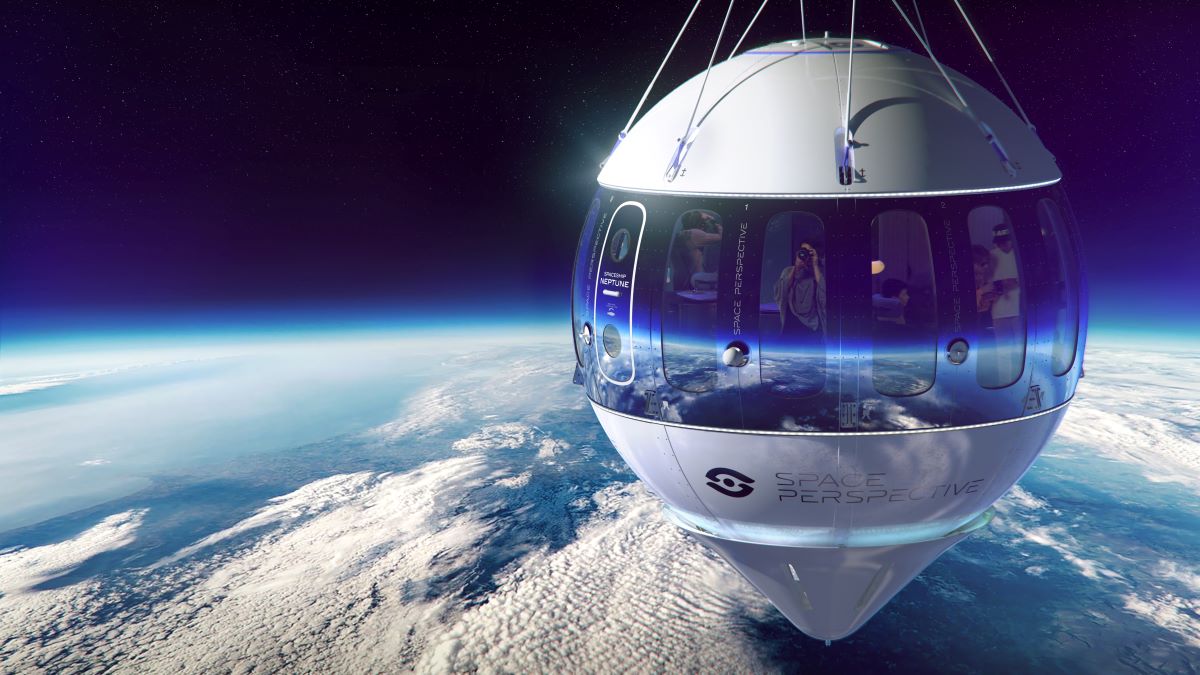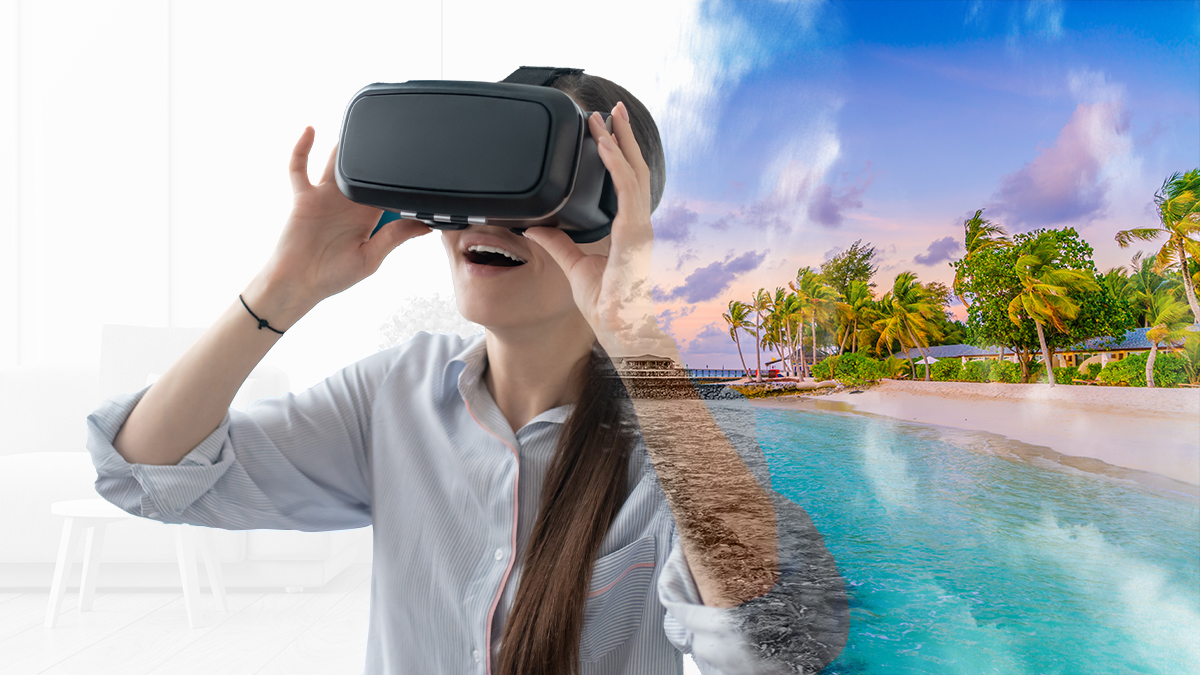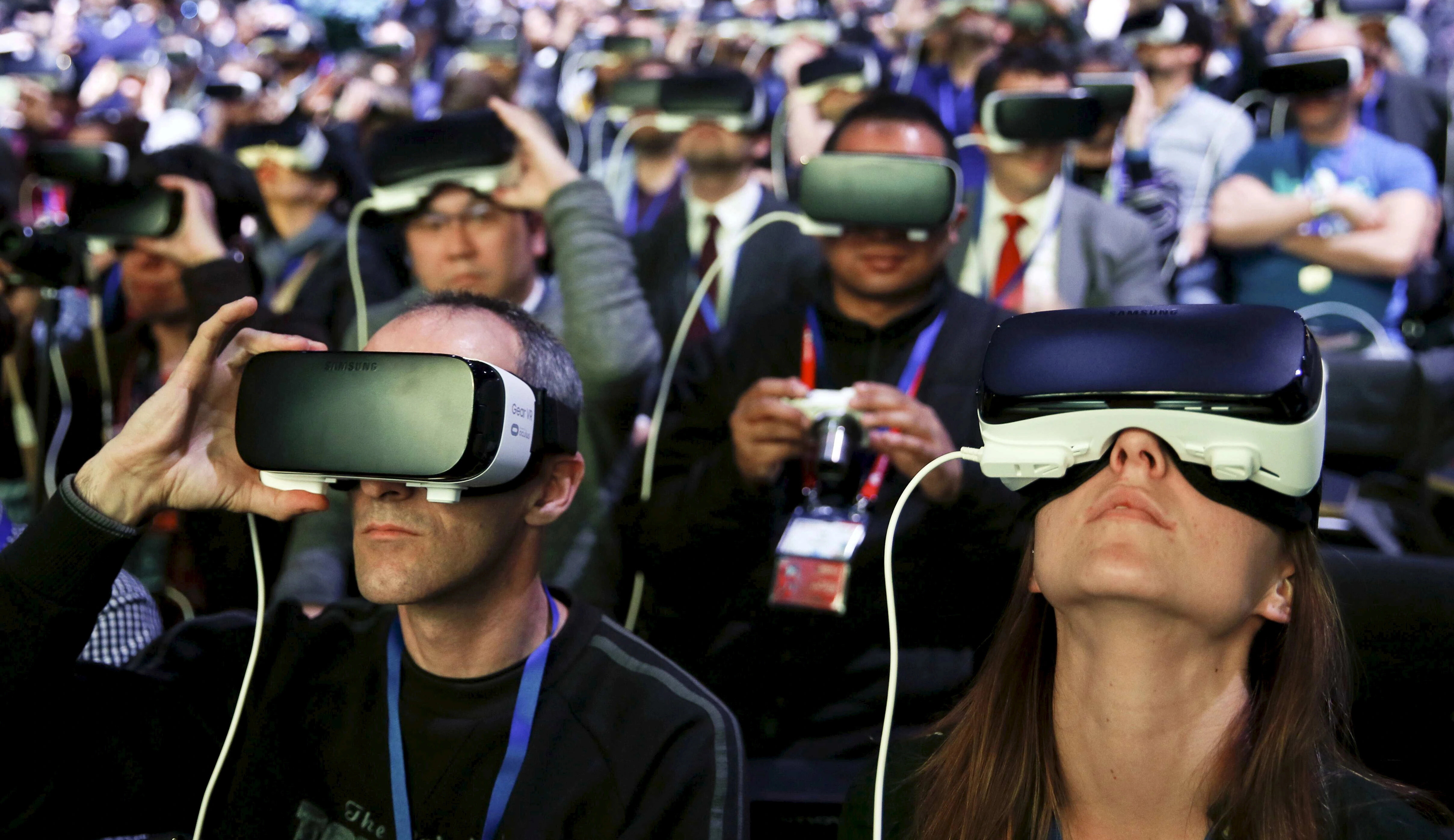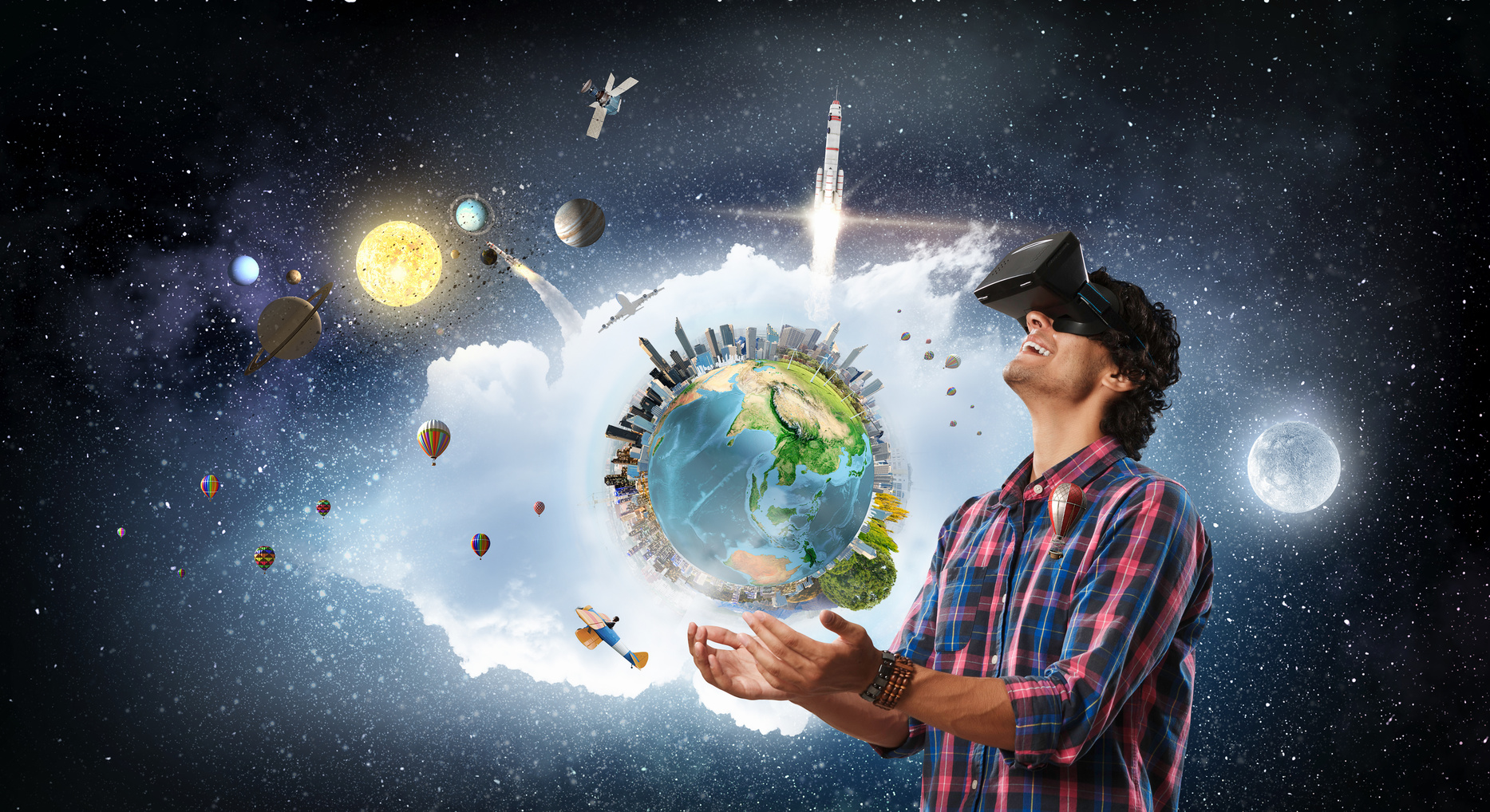Ever thought of taking an out-of-this-world trip? Now you can — literally! After many decades in the making, space tourism is finally taking off in the 21st century. Civilians (with millions of dollars to spare) can now explore the final frontier and experience outer space for themselves.
A regular tourist on Earth needs to research what you need to do, where you can go, how much it will all cost, and if you will be safe. The same goes for a space tourist looking to book a ticket out of Earth. In this quick guide, we’ll go through the basics and the technicalities before you blast off.
What Is Space Tourism?
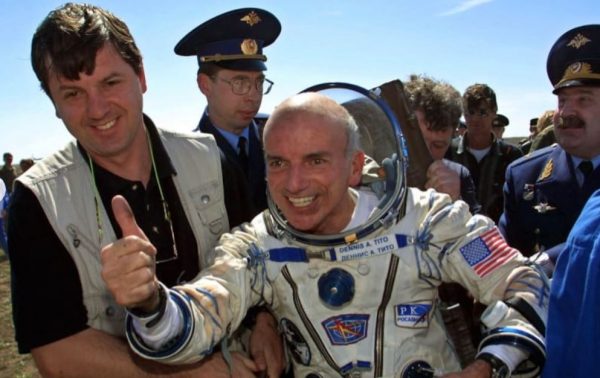

Space tourism or recreational space travel is an innovative business venture that provides private citizens a front-row seat to the stars. It provides tourists a unique experience of being an astronaut for leisure and recreational purposes.
You can live out the astronaut dreams you had as a child if your bank account is capable of the price of space tourism. Blasting off to space is no joke and is the most expensive holiday you’ll ever have. With space tourism, you can get closer to the stars in an orbital or sub-orbital flight. You can also float through zero-gravity outside Earth’s orbit. It all depends on how much you are willing to risk money-wise and safety-wise.
History of Space Tourism
Commercial space travel might seem like a futuristic concept, but it’s closer than most people think. It’s actually been done in the past already. On April 28, 2001, millionaire Dennis Tito boarded the Russian Soyuz spacecraft and became the first-ever space tourist.
For 20 million dollars, Tito was able to reach the International Space Station (ISS), which he described as the greatest moment of his life. He spent six days in the ISS with two Russian astronauts and proved anybody (again, with millions to spare) can reach for the stars. Since his momentous launch, Tito has been following the development of space tourism in hopes that many others will experience the thrill of space.
However, NASA had been hesitant on sending civilians to space due to major safety issues and lack of training. But it did not hinder the Soviet Union as they have successfully sent seven more millionaires on board the Russian Soyuz rocket. In 2019, NASA officially opened the ISS to tourists, which has green-lighted plans of private companies to test suborbital flights to bring civilians their trip of a lifetime.
Billionaires Race for Space Tourism
As space tourism opens, a new avenue for a highly lucrative business opportunity opens as well. This then prompted the unspoken race between billionaires, Richard Branson, Elon Musk, and Jeff Bezos to dominate the cosmic market.
Space tourism by the ultra-rich for the ultra-rich. These billionaires have invested in their tech start-ups to create a viable spacecraft, provide proper training, and ensure passenger safety for future space tourists.
In this chapter, we’ll look into the different aspects of Branson, Bezos, and Musk’s space tourism plans and developments. Who will be the first to burst through the Earth’s economic atmosphere and reach new heights in commercial space travel?
Richard Branson – Virgin Galactic
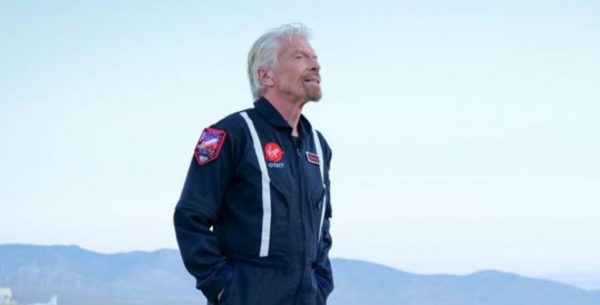

Richard Branson is the founder of Virgin Group, which oversees over 400 companies worldwide. He launched Virgin Galactic in hopes of opening space to the human race and seeing the world from a different perspective.
Branson has made history following the launch of the VSS Unity space plane that took him and three other crew members to a brief weightless ride on July 11, 2021. He is the first of the billionaires to launch into space using his very own funded spacecraft.
Virgin Galactic is the first one to be ever awarded a new license by the US Federal Aviation Administration (FAA) that will allow them to conduct commercial space flights. However, despite the successful test flight and the FAA license, Branson says the VSS Unity isn’t quite ready for full-blown space tourism flights yet.
According to Virgin Galactic, they have already sold 600 tickets. They expect to start commercial space flights in 2022.
Virgin Galactic Spacecraft
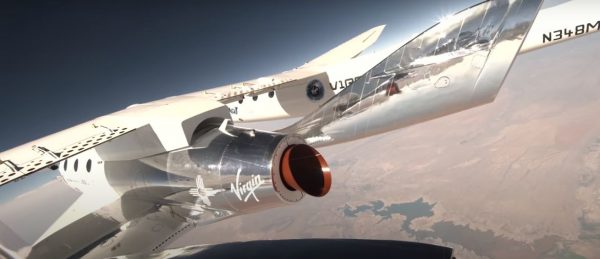

Richard Branson has worked on VSS Unity for over two decades now. It utilizes a reusable SpaceShipTwo system, wherein the VSS Unity is attached to Virgin Mothership Eve. It takes VSS Unity to about 50,000 feet, then drops it to propel into space.
Virgin Galactic’s suborbital spaceplane can hold six passengers, two of which are crew members.
Branson’s Space Tourism Itinerary
Virgin Galactic promises space tourists 90 minutes of flight from take-off to landing. This includes the several minutes you’ll spend in the weightlessness of space with a view of Earth-like no other.
Jeff Bezos – Blue Origin
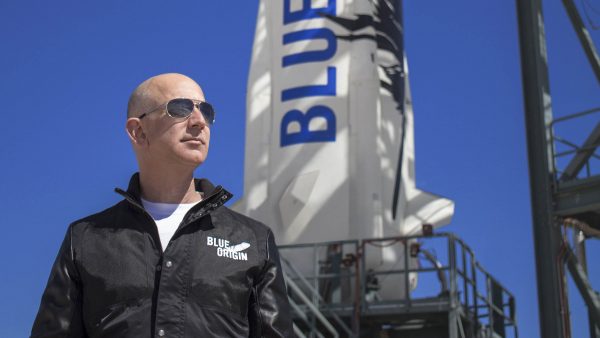

Amazon billionaire Jeff Bezos founded Blue Origin in 2000 to pilot its space tourism mission. “Launch, land, and repeat” is Bezos’ vision for Blue Origin with its reusable spaceships and rockets that aims to make commercial space travel sustainable.
Bezos also made history after launching his New Shepard spacecraft on July 20, 2021. It was the first autonomous suborbital flight where he was accompanied by his brother, 89-year-old Wally Funk, an aviation legend, and 18-year-old Oliver Daemen. They are the oldest and youngest person who ever flew into space.
Blue Origin has set its sights on offering suborbital flights to space tourists in the coming years. There are still no definite dates on when they will commence official space tourism flights, but the company has already received a license to fly commercially by the FAA. According to Bezos, Blue Origin is made to benefit Earth in the long run. He notes that in order to preserve our planet, humanity must explore and find new material and energy sources.
Blue Origin is looking to fly more human missions this year. They announced that they are now approaching 100 million dollars in private sales, revealing the demand for space tourism is truly high.
Blue Origin Spacecraft
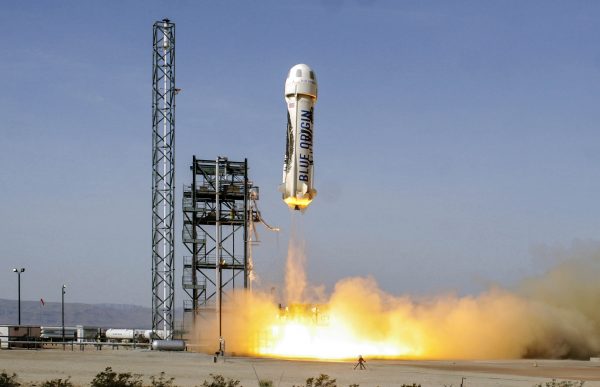

Jeff Bezos has invested in creating a reusable spacecraft to take space tourists in a suborbital flight, which gave birth to the New Shepard. The New Shepard consists of a rocket and a capsule that can host six passengers. There is no need for crew and pilots in the Blue Origin space flight as New Shephard flies autonomously.
The New Shepard rocket launches with an acceleration three times the speed of sound that propels the capsule from 250,000 feet. The capsule will then reach past the Karman Line, aka the edge of space, then will descend back to Earth under parachutes.
Bezos’ Space Tourism Itinerary
Blue Origin boasts they’ll provide space tourists the experience of a lifetime in their 11-minute spaceflight via the New Shephard. Experience weightlessness and breathtaking panoramic views of Earth as the New Shepard sports the biggest windows in space.
Elon Musk – SpaceX
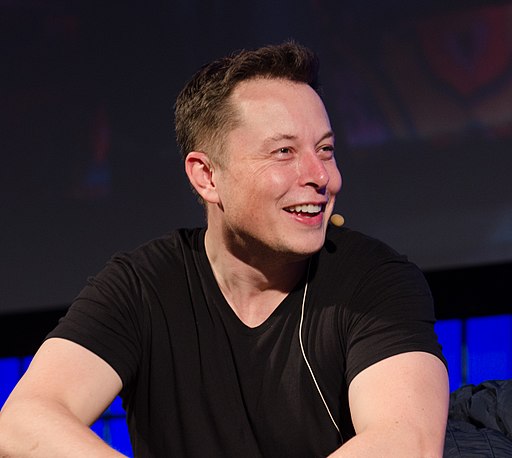

When you hear the name Elon Musk, the first thing in your mind might be Tesla, Dogecoin, and memes. This is all true but, Musk is branching out and giving space tourism a run for its money.
Billionaire Elon Musk launched SpaceX with the ultimate goal of sending people to Mars. But just like in moonwalking, small steps lead to giant leaps for mankind. Before taking off to Mars, SpaceX is preparing for the first-ever civilian-only flight that will orbit in multiple days in space.
SpaceX launched mission Inspiration4 earlier this year and has been training four people for a multi-day trip to the ISS set before 2021 ends. Unlike his fellow billionaires, Musk is not boarding the Dragon commercial spacecraft. However, he is confident in the mission’s success in the hands of the four civilians representing leadership, hope, generosity, and prosperity.
SpaceX Spacecraft
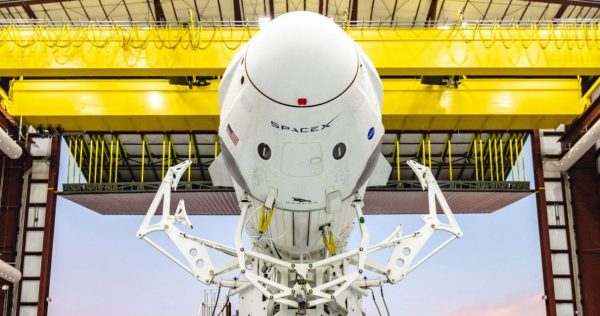

Musk’s SpaceX commercial space vehicle consists of the Falcon 9 rocket and the Dragon spacecraft capsule. The Falcon 9 is the first reusable orbital space rocket, which has already conducted 64 re-flights. The Dragon spacecraft has also been utilized in a NASA mission to the ISS, making it the first commercial spacecraft to send humans to the ISS.
The Dragon spacecraft is capable of hosting seven people to orbit space. Its pressurized capsule is optimal to hold environmentally sensitive cargo and humans. Dragon also uses parachutes when re-entering the planet in a splashdown.
Musk’s Space Tourism Itinerary
SpaceX offers a different kind of spaceflight for its space tourists. Unlike Blue Origin and Virgin Galactic that only offer minutes of weightlessness, SpaceX space missions are expected to last over five days from take-off to splashdown.
How Much Will Space Tourism Cost?
If you already have your heart set on a space adventure, all you need to do now is start saving up thousands and thousands of dollar bills. They meant it when they said a space vacation will be the most expensive vacation you’ll ever have.
Prices vary from the three companies offering space tourism above. Virgin Galactic, Blue Origin, and SpaceX have yet to release the exact commercial pricing for a seat on their spacecraft. However, we have gathered some estimates from each company, and here’s how they differ.
Virgin Galactic
Richard Branson has long announced a ticket to VSS Unity will cost $250,000. Virgin Galactic already has 600 aspiring space tourists on their paid waiting list from 58 different countries.
For a $250,000 space ticket you will get:
- Training
- Spacesuit
- The spaceflight
Registration is now open for future flights with Virgin Galactic. You can visit their official website to get a spaceflight reservation here.
Go to Virgin Galactic Official Website
Blue Origin
Jeff Bezos has been secretive regarding their commercial seat pricing. However, there are some reports Blue Origin is trying to compete with Virgin Galactic’s pricing as they have similar itineraries. Most analysts expect the New Shepard ticket would cost over $200,000.
However, the auction for the first commercial seat in the New Shepard spacecraft sold for $28 million. Here’s what $28 million got him:
- Training
- On-site accommodation
- The spaceflight
Blue Origin opened registration for future New Shepard passengers. You can visit their official website to reserve a seat here.
Go to Blue Origin Official Website
SpaceX
Elon Musk is partnering with Axiom to send civilians to a multi-day stay at the ISS. A SpaceX ticket price is set at $55 million for each passenger, which includes:
- Training
- Mission planning
- Medical support
- Life support
- Crew provisions
- Eight-day stay at the ISS
You can get more information about SpaceX and Axiom’s space tourism offerings on their official website.
Where Will Space Tourism Will Take You?
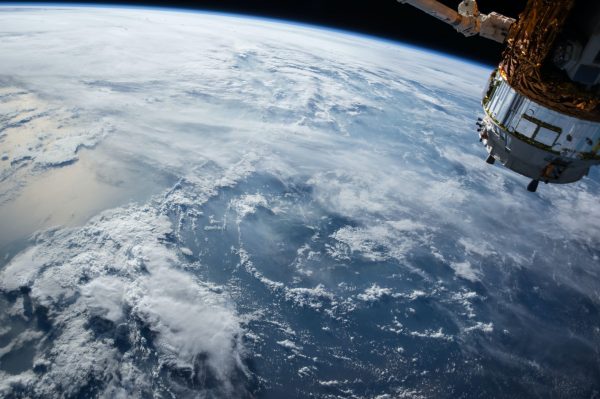

Where exactly does your ticket to space take you? How much of outer space will you see with your quarter-million dollar space ticket? Again, it varies from the different space companies that offer commercial space flights.
If you fly with Virgin Galactic, VSS Unity will take you over 50 miles. This is the height the FAA will grant a crew member astronaut wings. And once you enter zero gravity territory, you’ll be able to enjoy sweeping views of Earth and several minutes of weightlessness.
Onboard Blue Origin, the New Shepard will boost you over 62 miles past the Karman Line. You’ll also earn your astronaut wings at this altitude. You can spend a few minutes of weightlessness with a prime view of the planet thanks to the largest windows in any spacecraft.
With SpaceX, you’ll be able to see more of space flying over 248 miles above Earth. You’ll be staying at the ISS for multiple days and have a complete astronaut experience.
Is Space Tourism Safe?
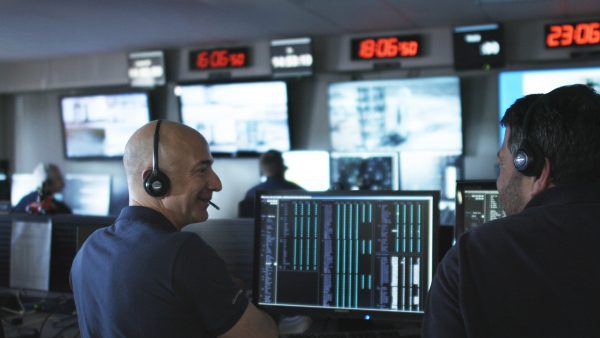

Any trip has its risks, and with space trips, the risk is doubled — tripled, even. Space travel could be one of the most dangerous things a person can do. With many fatal accidents through the years, it can be terrifying to put your life in the hands of a billionaire space enthusiast and take his word for it.
Space tourism might look good on paper, but it takes a grueling toll on the mind and body from take-off to landing. Motion sickness, blood pressure, and fluid redistribution are some of the many things you’re at risk of—not to mention a crash landing. That is why the FAA requires space companies to provide future space tourists extensive training before taking off.
Maintaining good health and undergoing space simulations are your best bet to be safe in a weightless environment. Virgin Galactic, Blue Origin, and SpaceX have all undergone multiple tests for their spacecraft and have done successful missions before. They are still perfecting the space travel experience for future customers, with safety as their number one priority.
The recent successful human missions of Branson, Bezos, and Musk’s commercial spacecraft have provided space tourists assurance that all their machines are capable of taking them to and from space safely.
Pros of Space Tourism: Is It the Next Great Expedition?
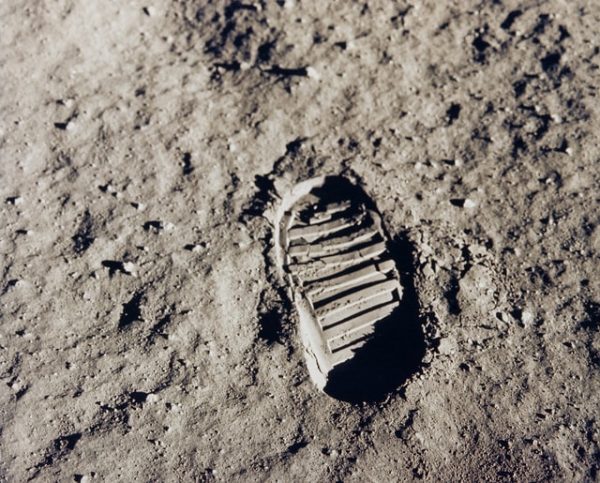

- This will open thousands of employment opportunities as space tourism develops into a new economic venture.
- Commercial space travel can open doors for sophisticated technology that can be used in fields other than space missions.
- Space tourism would also contribute to the detection of possible threats to our planet.
- It will spark pe enthusiasm in space exploration, which will open avenues for more funding to support more space breakthroughs.
- Scientists may be able to better forecast the weather on Earth thanks to advances in space travel.
- Exploring space might lead to some amazing discoveries that we can’t even conceive. We may one day find life in another part of the cosmos.
- Raise awareness among space tourists on the Earth’s fragility. Seeing the planet in the middle of a vast black abyss, with only a thin atmosphere, may encourage vital appreciation to our planet.
- Space tourism will push space exploration further that will enable humans to find another place to live. This can drastically aid Earth’s overpopulation issue.
- A whole new adventure for thrill-seekers and adrenaline junkies.
The Downside Of Space Tourism: Is It The Next Major Catastrophe?
- Space flight may be incredibly dangerous due to a lack of effective regulation and insufficient safety measures. There is a possibility that companies may fail to implement protocols in a bid to get more customers.
- At this point, space travel technology is still in its infancy, which makes traveling into space a risky move.
- Testing and failed initiatives may result in an unnecessary waste of resources.
- It costs a lot of money to develop space tourism programs. Money that can be better utilized to alleviate poverty and feed the hungry.
- Space tourism is harmful to the environment. Spacecrafts burn a lot of natural resources, which will inevitably pollute the atmosphere.
- More space tourism operations are likely to put astronauts’ lives in jeopardy.
- Spending long periods in zero gravity can be detrimental to a person’s musculoskeletal and cardiovascular system.
- Space tourism can also lead to cancer risk when people are exposed to ionizing cosmic radiation.
- Space tourists may unknowingly introduce dangerous microorganisms from space into the Earth’s atmosphere.
The Space Tourism Outlook
The future of space tourism is bright and vast as its destination and a new playground. With successful launches from left to right, space travel can be as easy as going to your favorite island, like one does if you are a millionaire. Commercial space travel might only cater to the super-rich in the early stages, but that won’t be the case forever.
Great technology from Blue Origin, Virgin Galactic, and SpaceX will pave the way for more economical space travel. Reusable rockets and spacecraft will make it sustainable to perform multiple flights without overwhelming the environment and its human resources.
Based on the latest NSR space tourism forecast, in 2030, the industry will generate revenues worth 7.9 billion dollars. In the coming years, the space tourism market will be a breeding ground of opportunities for companies and investors who aim to develop cosmic habitats on the moon and Mars.
Final Word
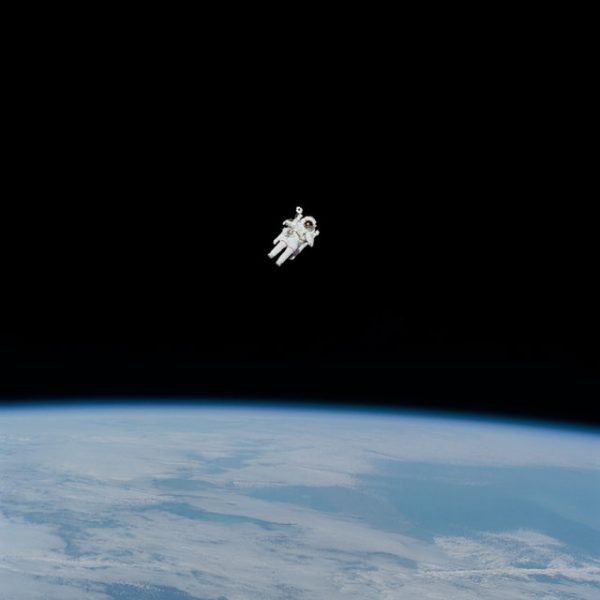

Space tourism is the next big thing both in the tech and tourism industry. “The sky’s the limit might” have a new meaning with space travel in the course of this year’s space developments. Space is no longer a thing of daydreams, and someday you’ll be able to experience the weightless adventure. However, it’s still grounded by the gravity of money, but we’re sure it will be all worth it.
We hope this space tourism 101 will help you plan your next big trip — to infinity and beyond!







